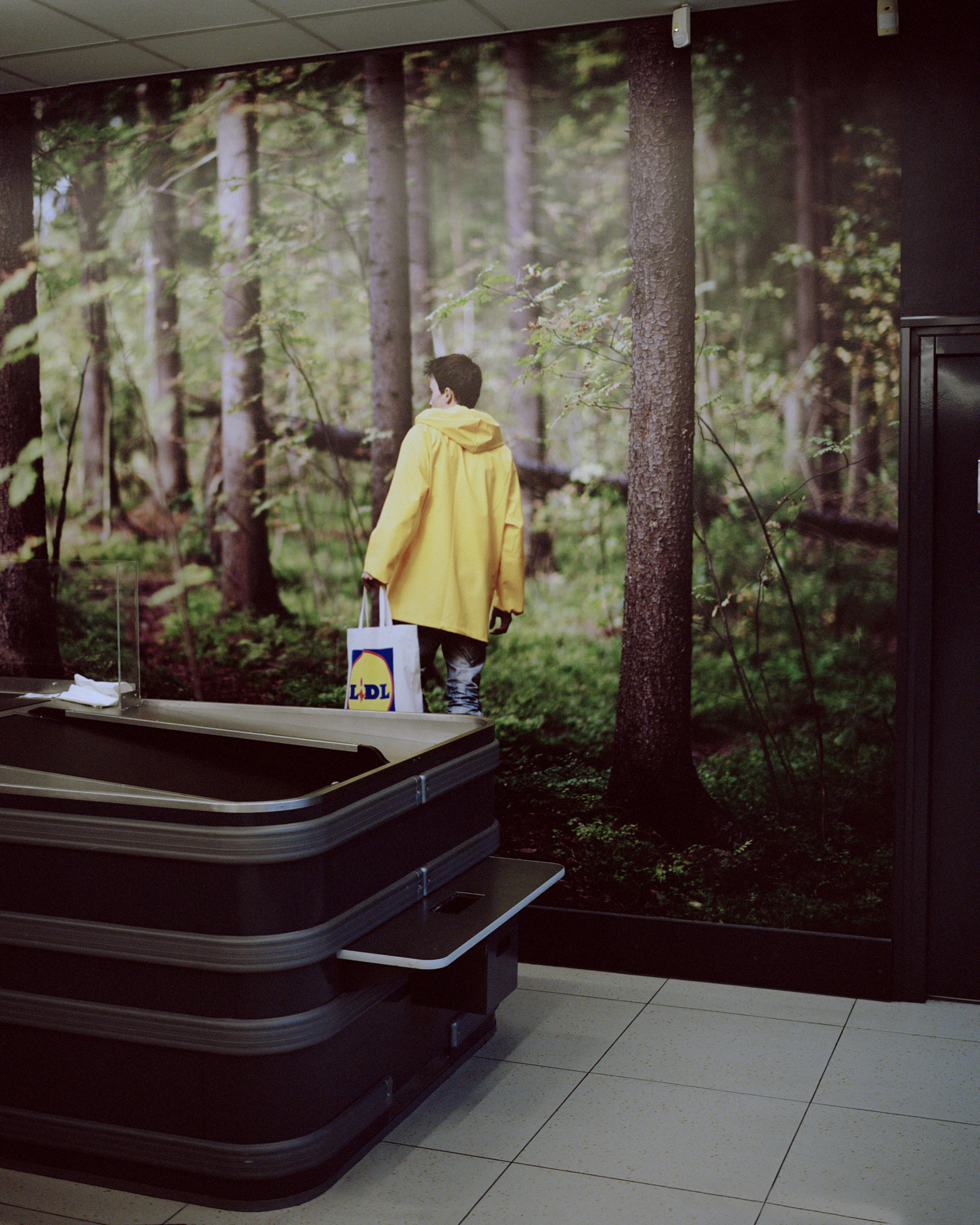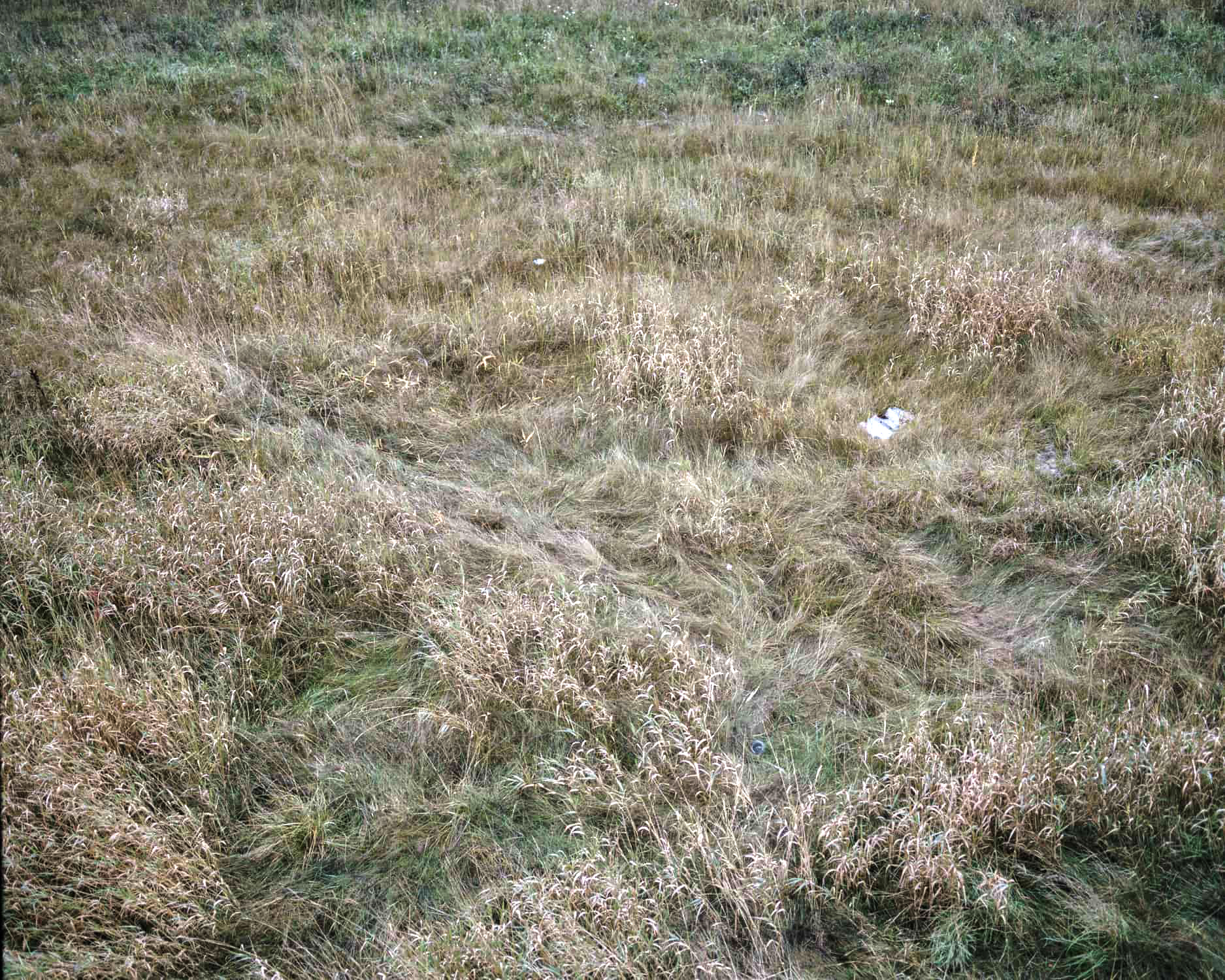2018
Uncanny Valley
The title Uncanny Valley refers to the scientific term used to describe the anxiety that human beings encounter with too human-like machines.
I was living in Finland for almost half a year, and I asked myself the question what if the future is already something we live in? The Gulf of Finland is the very East of the western civilization, three different worlds next to each other. Finland, a small Scandinavian country which turned 100 years old this year, Estonia a post-soviet country in the uprise and Russia the land marked by thousand years of history between Europe and Asia.
I was living in Finland for almost half a year, and I asked myself the question what if the future is already something we live in? The Gulf of Finland is the very East of the western civilization, three different worlds next to each other. Finland, a small Scandinavian country which turned 100 years old this year, Estonia a post-soviet country in the uprise and Russia the land marked by thousand years of history between Europe and Asia.
In Tarkovsky’s Solaris psychologist
Kris Kelvin’s mission is to investigate the strange happenings at the Solaris space station, but instead, he finds himself in the very same situation as the rest of the crew. His attempt to find valid, satisfying answers for the hallucinations of the crew fails when he is visited by Hari, his wife who committed suicide many years ago. Tarkovsky’s science fiction movie Solaris is my main reference to Uncanny Valley.
Kris Kelvin’s mission is to investigate the strange happenings at the Solaris space station, but instead, he finds himself in the very same situation as the rest of the crew. His attempt to find valid, satisfying answers for the hallucinations of the crew fails when he is visited by Hari, his wife who committed suicide many years ago. Tarkovsky’s science fiction movie Solaris is my main reference to Uncanny Valley.







Why did you title the project Uncanny Valley?
Back from when I was studying philosophy I remembered Freud’s essay Das Unheimliche (The Uncanny) which matched perfectly of how I felt living in Finland for almost half a year.
The strange eerie feeling of something quite familiar, the strangeness of the ordinary. Uncanny was the perfect word to describe how I felt wondering through these Finnish landscapes. Then I found the terminology Uncanny Valley, which is a scientific term used to describe the anxiety that human beings encounter with too human-like machines.
Interview by Ilias Lois
The strange eerie feeling of something quite familiar, the strangeness of the ordinary. Uncanny was the perfect word to describe how I felt wondering through these Finnish landscapes. Then I found the terminology Uncanny Valley, which is a scientific term used to describe the anxiety that human beings encounter with too human-like machines.
Interview by Ilias Lois



In the Uncanny Valley series, you are using an analog medium-format camera to depict in high clarity places of Finland clearly facing the intervention of human technology. I think this is an ideal follow up to New Topographics. How did your relationship with documentary photography start?
It’s really nice that you mention New Topographics, because seeing Bernd and Hilda Becher’s work for the first time had a huge impact on my photographic perspective. Until then I associated documentary photography with a snapshot type of vision and not with precisely planned photographs.
I remember when I started to take pictures I was looking for what I believed to be the raw, unmanipulated truth and it took years before I realised that everytime you take a picture you always frame something and that it also means that beside the frame there are unavoidably things that you leave out.
Interview by Ilias Lois
I remember when I started to take pictures I was looking for what I believed to be the raw, unmanipulated truth and it took years before I realised that everytime you take a picture you always frame something and that it also means that beside the frame there are unavoidably things that you leave out.
Interview by Ilias Lois








